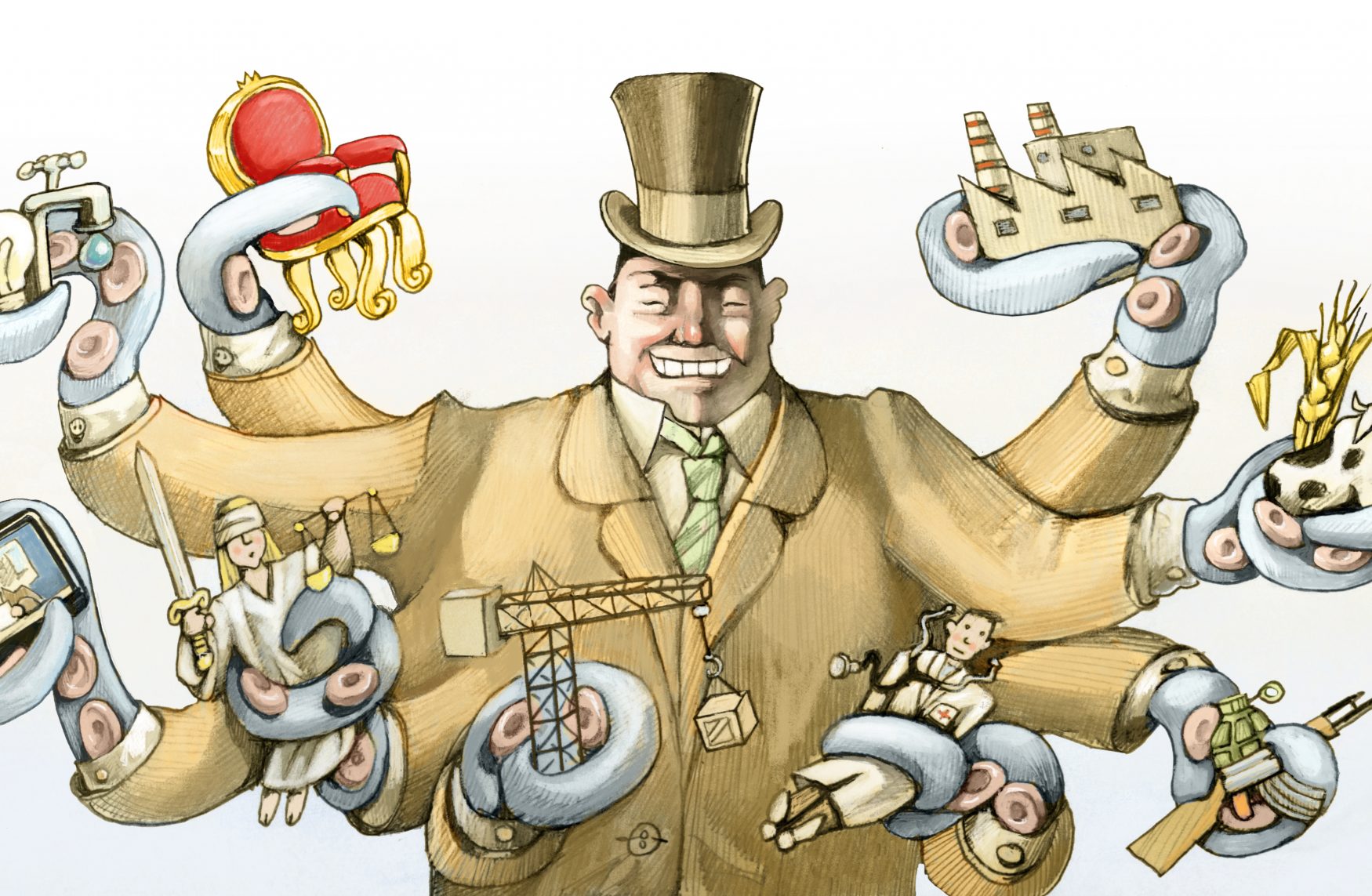
The 1876 Presidential Election Demonstrates Corruption
The 1876 Presidential Election Shows Electoral System Failure. Even Back in the Old Days, Politics Has Been a Dirty Game of Public Control.
The 1876 presidential election involved a hotly contested vote.
This particular election is one of the few cases in American history when a presidential candidate clearly won the popular vote but decidedly lost the electoral vote.
Republican candidate Rutherford Hayes and Democratic candidate Samuel Tilden engaged in a heated political and legal battle over 20 disputed electoral votes.
Among other things, disputes centered around reports that some of the ballots were fraudulent.
The ballots were printed with images for illiterate voters, and the Democratic ballot contained a Republican image.
The states where the affected ballots were printed threw out those votes and awarded the electoral votes to Hayes.
Tilden disputed those electoral votes, saying that they may have come from literate Democratic voters who meant to vote Democrat.
No recount was made, and 19 electoral votes were awarded to Hayes instead of Tilden even though the votes were technically for the Democratic party.
The remaining disputed electoral vote was thrown out because the elector was a former postmaster.
The governor of Oregon declared the postmaster’s electoral vote invalid because he held an office for the United States.
This was the remaining electoral vote needed for Hayes to win the 1876 presidential election by a single electoral vote, even though Tilden won the popular vote.
The Electoral College is Supposed to Represents the People
The Electoral College system is designed to represent the people of the United States of America.
In theory, the Electoral College should vote the same way as the popular vote, and in most elections, that’s how the vote comes out.
However, the 1876 presidential election shows that the Electoral College isn’t infallible.
Through vote disputes and a series of unfortunate circumstances, the Electoral College elected a president that didn’t win the popular vote.
The purpose of a democracy is for the American people to have a say in their government.
A democracy gives citizens the right to choose the president through an electoral vote.
This is one of the first elections where people chose a president through popular vote that never made it to the office.
Vote Manipulation Shows Problems with the System
People have many complaints about the way in which the current Electoral College system works.
In spite of many valid concerns about the Electoral College, one very important consideration is often overlooked–the ease with which votes can be manipulated.
The 1876 presidential election clearly demonstrated how easy it is to manipulate votes.
The fact that Tilden won the popular vote but lost the electoral vote is a clear indication of a problem with the system.
In this election, that problem was with the system itself.
19 electoral votes were awarded to Hayes instead of Tilden, simply because a ballot was printed with the wrong symbol.
It was still a Democratic ballot, and any elector who could read knew he was voting for the Democratic candidate.
However, instead of throwing out the ballots and re-polling, the courts chose to award the ballots to the Republican candidate instead of the Democratic candidate even though there was no better indicator that the votes were intended for the Republican candidate.
With the convenient disqualification of a final elector in Oregon, giving the Electoral College vote to Hayes by a single vote, it’s clear that the election was rigged and manipulated.
The president that the American people elected didn’t make it to office.

 My First Amazing Ayahuasca Experience
My First Amazing Ayahuasca Experience  Pine Needle Tea
Pine Needle Tea  The REAL Controllers of Humanity: The Papal Bloodlines
The REAL Controllers of Humanity: The Papal Bloodlines  Is it Global Warming or Cooling?
Is it Global Warming or Cooling?  Gun Rights and Obama Examined
Gun Rights and Obama Examined